If you are building or buying a home and need to know the difference between septic vs. sewer, you’re in the right place. This article will tell you everything you need to know about septic and sewer systems, including how they work, their different parts, how to clean them, and their pros/cons.
Septic Vs. Sewer
The main difference between a septic system and a sewer system has to do with where your waste ends up. A septic system deposits your waste in a large on-site disposal tank. A sewer system carries your waste to a city connection, where it ends at a wastewater treatment plant.
How Does A Septic System Work?
Once your waste is flushed down your toilet, your drain pipes will carry it to the main sewer line beneath your home. Then, your main sewer line carries your waste to a septic tank. This tank will break down any collected waste using the bacteria inside it. The heavy waste will fall to the bottom of the tank while the lighter waste, such as fats, grease, and oils, floats to the top.
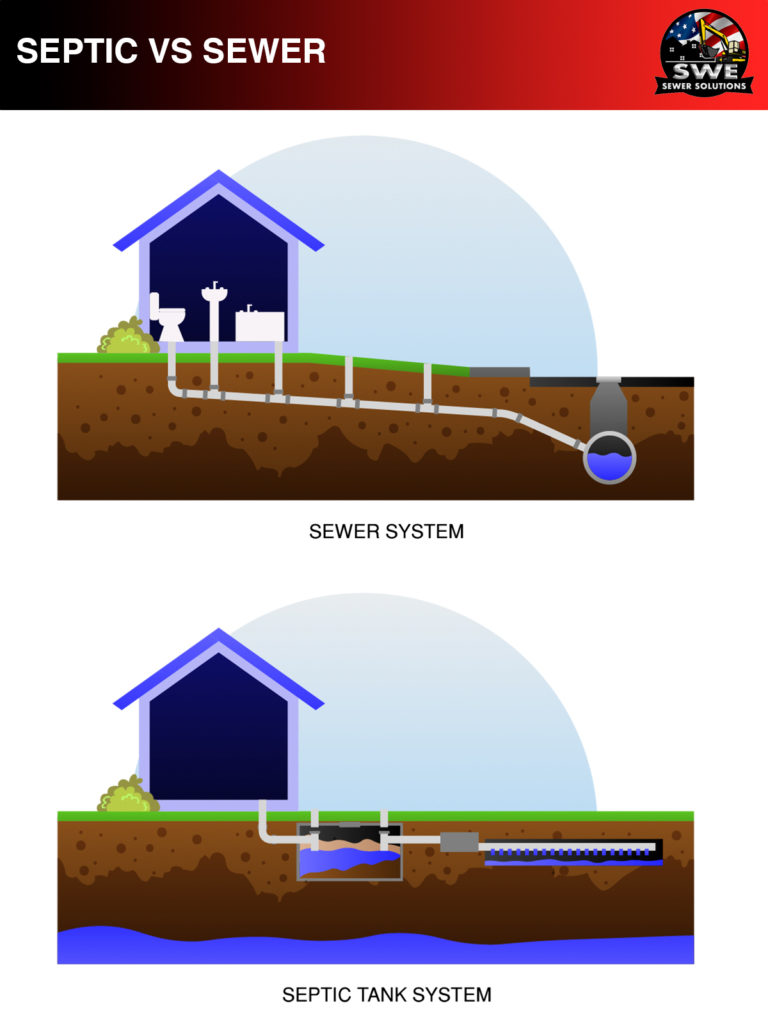
Most of the waste inside your tank is very watery. Experts call this “effluent.” This waste travels through an outlet pipe in your tank that leads to a drain field, where it settles into the ground. A well-made and properly maintained septic tank can serve your home for decades.
Different Parts Of A Septic System
Septic systems are usually comprised of four parts: the drain pipe (inlet pipe), the tank, the drain field, and the soil in the drain field.
- The drain pipe (inlet pipe) – The drain pipe takes waste from your toilets, sinks, and showers and deposits it into your septic tank.
- The septic tank – Septic tanks can come in different sizes, ranging from 750 to 1,250 gallons. This is where the bacteria inside your tank breaks down waste, splitting it into sludge (heavy waste) and scum (light waste).
- The drain field – After waste is broken down in your tank, some of it will flow through an outlet pipe and into a drain field (a network of buried perforated pipes and soakers).
- The soil – The soil in your drain field will break down your waste using oxygen and microbes, digesting and filtering the water into the ground.

Most of the waste inside your tank is very watery. Experts call this “effluent.” This waste travels through an outlet pipe in your tank that leads to a drain field, where it settles into the ground. A well-made and properly maintained septic tank can serve your home for decades.
Why Does My Septic Tank Need To Be Cleaned?
Septic tanks should only be filled with waste. Things like baby wipes, diapers, cigarettes, and coffee grounds cannot properly decompose in your tank. Here are some other things that could force you to clean or pump your septic tank.
- Garbage disposals can send too much waste down into your system too fast, overloading your tank.
- Septic tanks aren’t able to break down lint from washing machines.
- Disinfecting cleaners, drain cleaners, and antibacterial soap can kill the needed bacteria in your tank.
- If you flush too much wastewater in a short period of time, you can overload your tank and cause it to back up.
- Too much sludge (heavy waste) can overload the bacteria in your tank, preventing it from breaking down and causing it to leak into the drain field.
- Pipes can be backed up by too much sludge or scum.
- Tree roots can clog or damage your drain field.
- Compacted soil and gravel can block waste from seeping into the drain field properly.
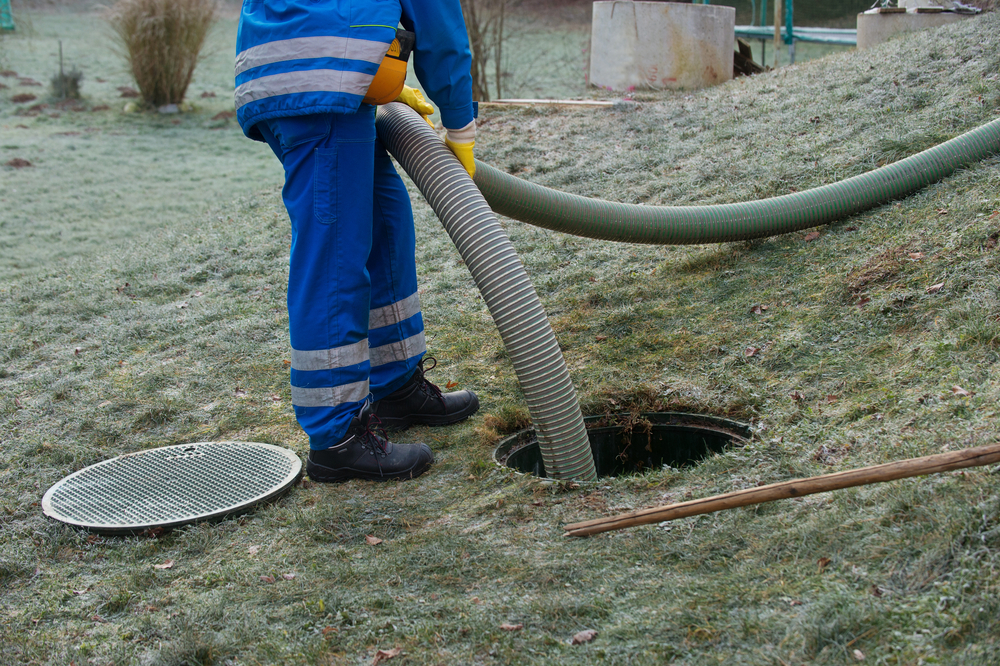
We recommend pumping/cleaning your septic tank every 1 – 3 years based on the size of your tank and how much waste your home produces.
Septic System Pros
Below are some pros that come with installing or buying a home with a septic system.
- Cost-efficient – If you live in a rural area, installing a sewer system and connecting to your city line isn’t very cost-effective. With sewer systems, you have to pay monthly to use your city connection. With a septic tank, you only need to pay every few years to have it pumped/cleaned.
- Durability – If your septic tank was installed correctly and you take good care of it, it can last you well beyond 30 years.
- Environmentally friendly – Because septic tanks are isolated waste disposal systems, they don’t deposit any waste into your local water supply.
- Independence – Septic systems are not affected by community clogs, overflows, or shutdowns like city sewer systems.
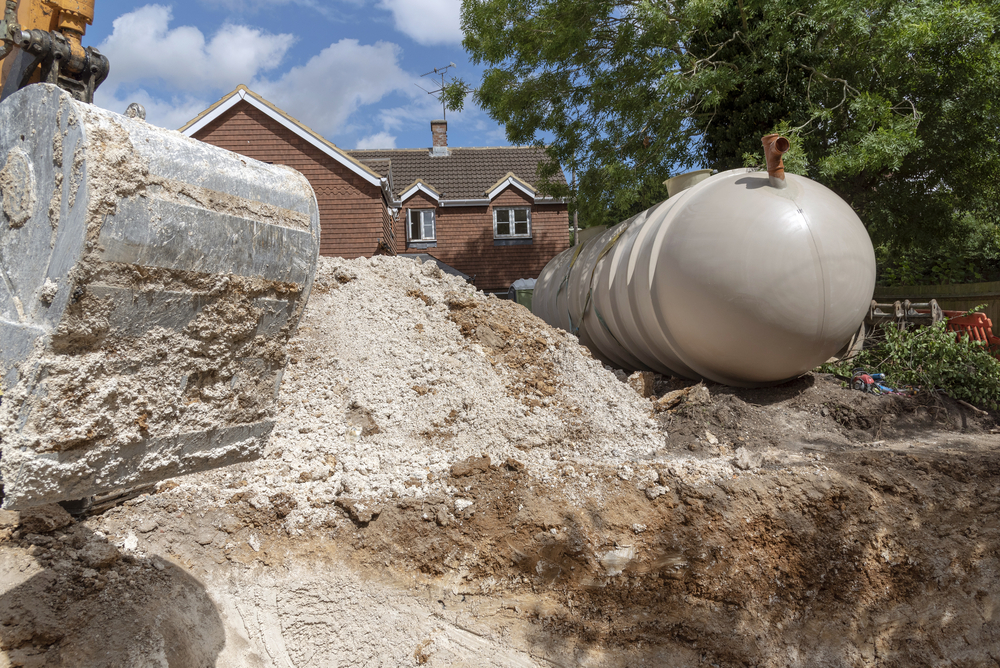
Septic System Cons
Below are some cons of installing or buying a home with a septic system.
- Requires periodic cleaning – As we mentioned above, you’ll need to pump/clean your septic tank every 1 – 3 years.
- Backed-up drains – Septic lines can get clogged by a variety of materials. That’s why it’s important to make sure you only flush waste and toilet paper.
- Broken pipes – If a septic tank or septic line breaks on your property, sewage can leak and begin to smell. You will also notice the grass growing longer than usual in areas around your septic tank.
How Does A Sewer System Work?
After you flush waste down your toilet, your drain pipes will carry sewage to your main sewer line. From here, waste travels to a city connection, ending at a waste treatment plant.
Different Parts Of A Sewer System
Sewer systems are broken into two parts: upper and lower laterals.
- Upper sewer lateral – The upper sewer lateral is the section of pipe closest to your home. It starts where your pipes leave your home and ends at the cleanout near your sidewalk or property line.
- Lower sewer lateral – The lower sewer lateral starts where your upper ends and connects to the city sewer line.
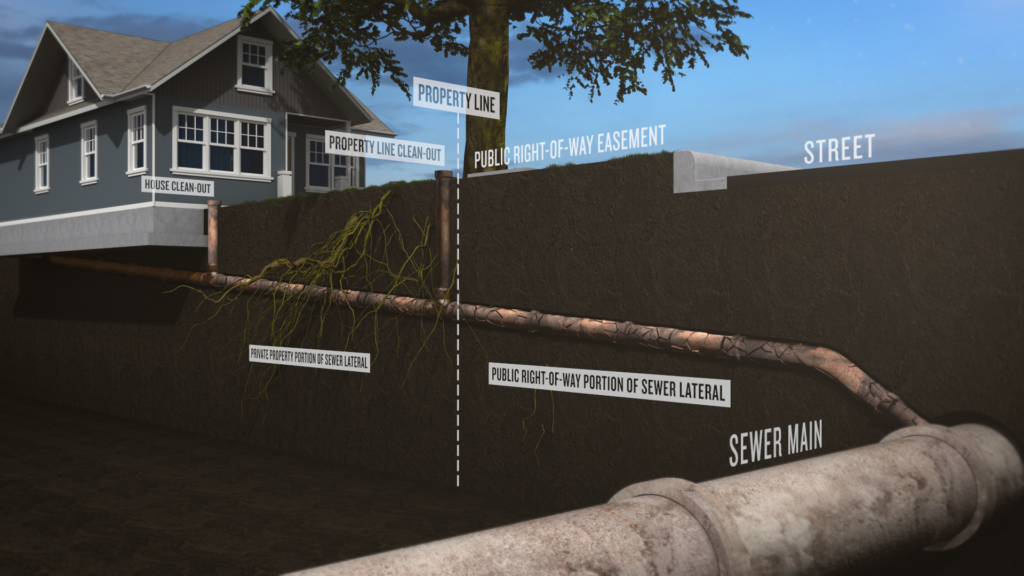
Why Does My Sewer System Need To Be Cleaned?
Sewer systems can be clogged by almost everything that clogs septic systems. You need to avoid flushing anything other than toilet paper and waste down your sewer line. The good thing is, if you need to clean your sewer pipes, there are two effective solutions: hydro-jetting and robotic cutting.
- Hydro-jetting – Hydro-jetting is when thousands of pounds of pressurized water is shot through your sewer pipes, clearing out any sludge, buildup, and tree roots.
- Robotic cutting – Robotic cutting is when a device fitted with arm cutters clears out any tree roots, concrete, or metal that may have backed-up your sewer pipes.
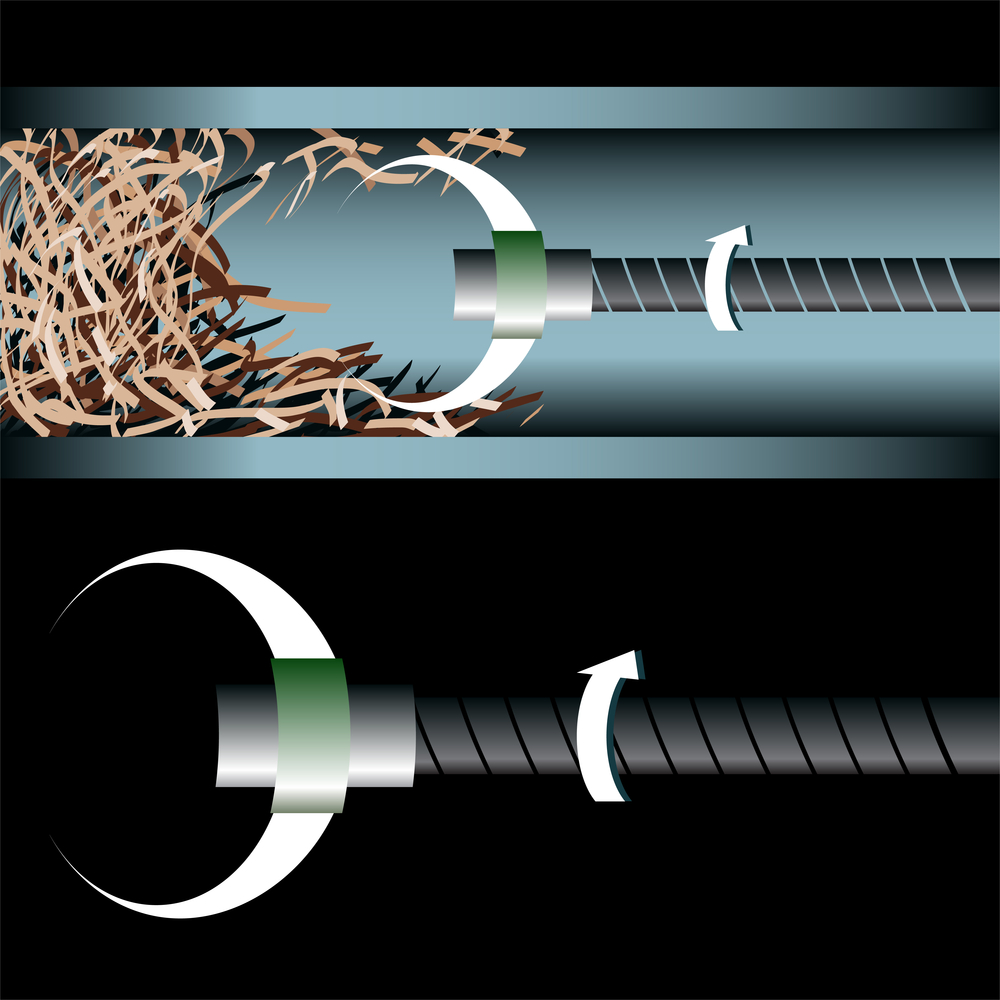
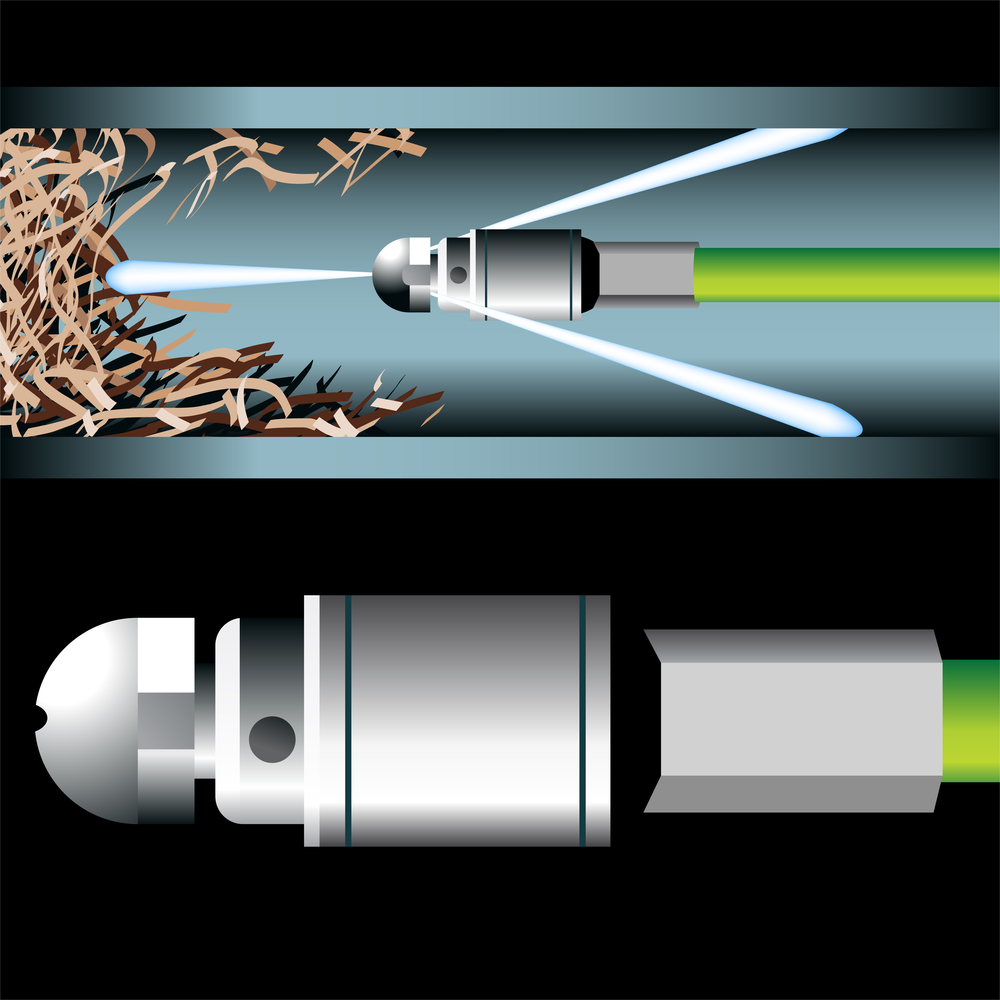
Sewer System Pros
Below are a few pros of installing or buying a home with a sewer system.
- Rain and storms – Sewer systems are able to withstand heavy rains that could overwhelm a smaller, failing, or improperly maintained septic system.
- Less cleaning – Unlike septic systems, which require periodic cleaning, sewer systems don’t require as much maintenance as long as you only flush appropriate items.
- Excess water – Sewer systems can handle a larger amount of water flow, such as multiple laundry loads and showers. Septic tanks can get overwhelmed by too much water usage.
Sewer System Cons
Below are some cons that come with sewer systems.
- Rural areas – If you live in a rural area, connecting to a city sewer system can be expensive due to how much pipe is involved in order to reach the existing lines.
- Responsibility – If the sewer lines on your property break or clog, it’s your responsibility to have them fixed.
- Monthly costs – Sewer bills are usually combined with public water charges and weekly trash removal. Septic tanks, since they are on your own property, don’t require any monthly charges.
- City clogs – If there’s a clog in the city sewer line underneath your street, multiple homes could be affected.
Septic Or Sewer Issues?
If you have sewer issues in your home, or you’d like to convert your septic system into a sewer system, call SWE Sewer Solutions & Engineering. We are a bonded, city-approved, and licensed professional company serving all of Southern California. We remain open and maintain 24-hour emergency services in case you need us when you least expect it. Call today for your in-depth inspection and estimate.